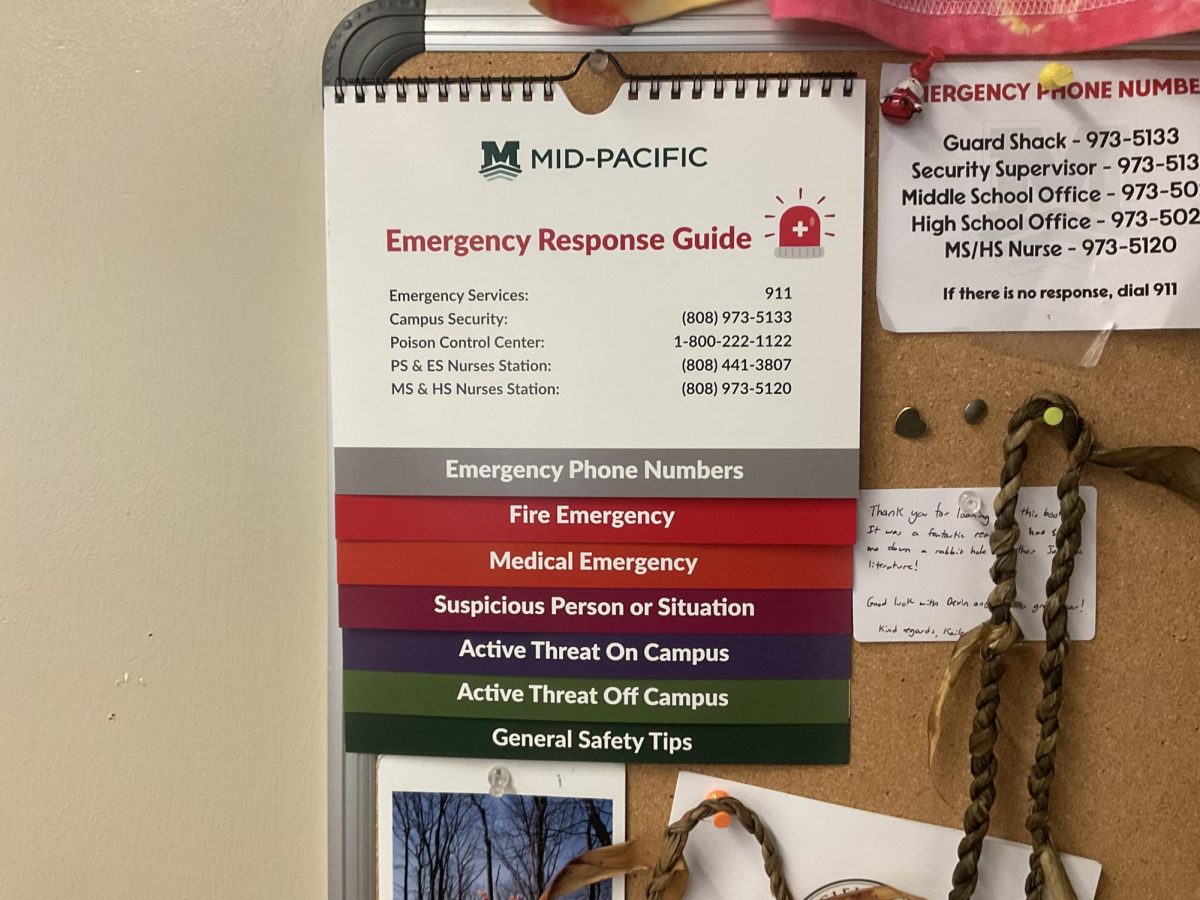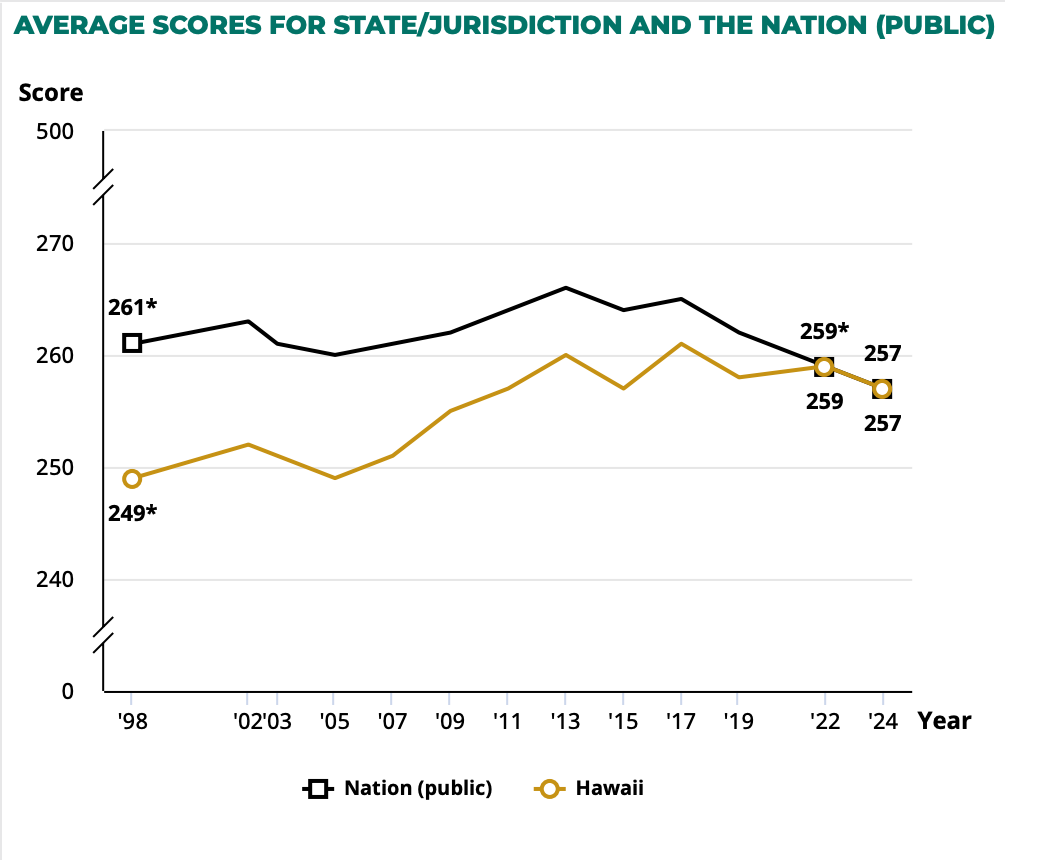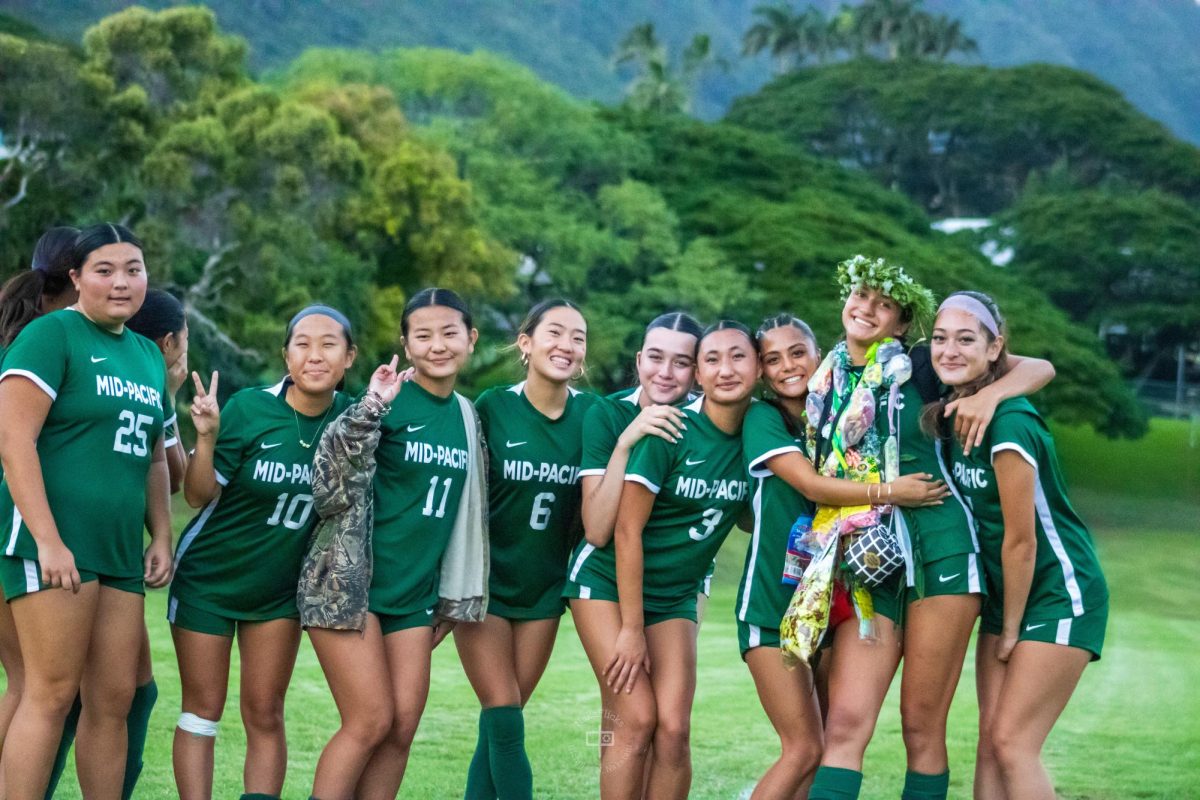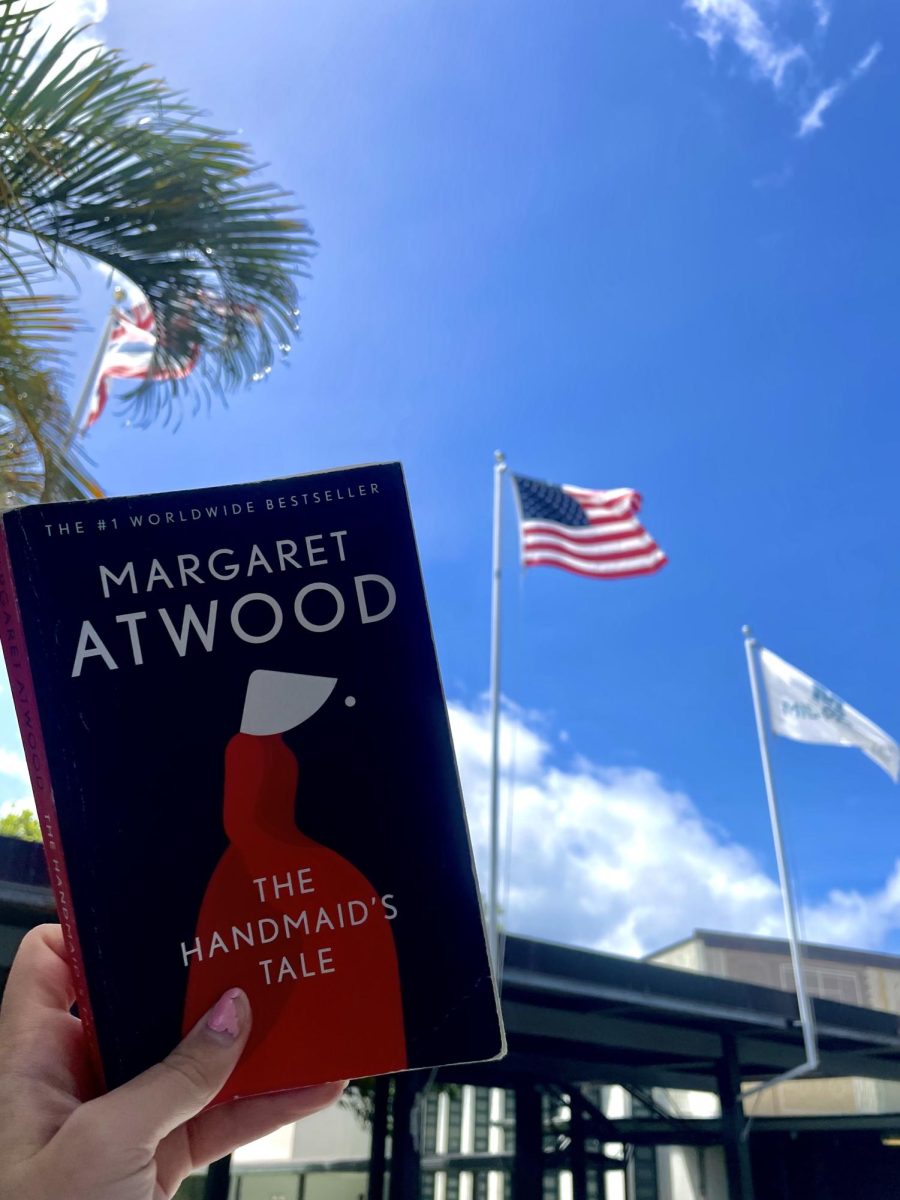Sex ed sucks. Here’s what Mid-Pacific can do
Bananas used in sex education classes are a movie cliche.
May 3, 2022
In the era of shows like “Euphoria” and “Sex Education” streaming directly to teenagers, we should ask ourselves- are we as students learning more about sex, sexuality, relationships, and the human body from television than from actual educational sources? Mid-Pacific has a desperately lacking sex-ed course. In fact, it doesn’t talk much about sex at all- the lecture topics mainly include birth control methods, STIs, and STDs. All of these topics are covered in one extremely awkward afternoon. Not once does it touch on anything of more substance.
When I spoke to a student at Mid-Pacific who was dissatisfied with the curriculum they were taught, one of their biggest concerns was the lack of diversity in the program- meaning, it only taught the basics of cis-gendered and straight relationship dynamics. There was absolutely nothing regarding how a queer relationship may differ from a straight relationship, or how to navigate it safely. The majority of sex-ed programs are non-inclusive, despite more than 15% of Gen Z identifying as LGBTQ+. Another student I interviewed mentioned that they took sex-ed a year after they became sexually active- bringing up the question of when sex-ed should begin being taught to students.
Where are kids turning to for their information, if not to educators? Television and social media. Popular shows amongst teenagers include the HBO Max series “Euphoria” and Netflix Original series “Sex Education.” Both of these shows follow multiple kids in high school, all navigating complicated lives- including sex and sexuality.
Both of the students I interviewed stated that the shows targeted towards our demographic have proved to be “more informative in an inclusive way, especially for a queer person.” Characters from “Euphoria” like Jules (a transgender woman) and Ola from “Sex Education” (a pansexual woman), as well as several other main characters, help to normalize talking and learning about sex in a “non-traditional” way. The representation is comforting.
Rather than fostering the idea that sex and sexuality are taboo, this content helps to educate young adults on the dynamics of relationships of all kinds. Now- that being said- it’s all fiction! Fiction with the intent of engaging viewers in the story, not for educating teens. Because of this, it can be hard to learn true life-skills, like how to have a healthy relationship, how to discuss consent with a partner, and how to feel comfortable in your own skin without conforming to the ideas others have of you. All of these topics are typically muddled in the drama of the TV shows, setting poor examples for viewers. So what do we do about it?
I asked my mom. I know, I know, most kids don’t usually seek out the “birds and the bees” talk, but I wanted to know her take on sex education- she used to teach it. In both Philadelphia and Honolulu, my mom taught 6th, 7th, and 8th graders sex education for 6 years. The Department of Education in both cities allowed for a pretty open curriculum- meaning, she could let the students drive the topics of discussion based on their questions. Because of this, she found that the students gained a well-rounded education that was tailored to their demographics, which differed from state to state. Topics covered ranged from menstrual cycles to masturbation, to how to know “when you’re ready”. For anyone wondering, her answer to the last question is “when you can have a conversation about sex with your partner without laughing. If you can’t, you need to wait.”
It’s important to keep in mind that my mom’s experience with teaching sex-ed was nearly 20 years ago; society has come a long way since then with destigmatizing conversations surrounding sex, sexuality, and non-cis/straight sex, yet we still are not discussing these topics in school.
I spoke to Dr. Daniella Thorne, the Associate Director of Sexual Health Education at Advocates for Youth. She had some excellent insight as to what schools should cover in sex-ed, and when. I challenged Thorne with choosing five main topics she thinks are the most crucial for teens to be learning about. In order of how they should be taught:
- Reproductive Anatomy
- Correct anatomical names for body parts, menstrual cycles, erections, fertilization.
- Sexual Orientation and Gender Identity
- LGBTQ+ conversations, including different relationship dynamics and mechanics.
- Birth Control & Sexually Transmitted Disease Prevention
- Methods of birth control for both females and males, and those who identify as LGBTQ+, regardless of orientation.
- Identification of STDs, methods of prevention for all relationship dynamics, how to get tested.
- Sexual Violence Prevention
- Signs of abuse, how to recognize and avoid harm, what to do if you have been a victim of violence.
- Communication
- Consent, how to have conversations with your partner.
In addition to these five topics, Thorne suggests that teachers should go through practice-based training in order to become more comfortable with teaching sex-ed. This would include practicing using more inclusive language and pictures during lessons (i.e. “partner”, rather than “man” or “woman”, and using pictures representing people of different races), practicing answering difficult questions, and how to remove their own personal bias from the conversation. Also crucial to the teacher training is acknowledging the fears or hesitations a teacher may have in teaching sex-ed. Thorne stressed to me the importance of teacher-student rapport in sex-ed. Conversations like these are more difficult with strangers than with people who know and care about you and your health. Above all, Thorne made it clear that the most effective sex-ed teachers are ones who want to teach sex-ed in order to give their students the life skills they will need in the future.
I explained to Thorne that one of the students I spoke to took sex-ed after becoming sexually active. I wanted to know her professional opinion of when sex-ed should begin being taught.
“Comprehensive sex-ed should start in kindergarten with anatomical words. There should be discussions of who is allowed to touch you where, and for what reasons early on in childhood,” Thorne said.
This is one of the only ways to prevent sexual assault amongst minors- by educating the children on what is appropriate so they definitively know what is not.
Advocates for Youth has a free curriculum available for schools called Rights, Respect, Responsibility. It covers all the bases, K-12, giving students a well-rounded understanding of their sexuality/gender identity, body, health, and relationships, and fully meets the National Sex Education Standards. This is what sex ed should look like.
Mid-Pacific needs to change the way they teach us about sex. It shouldn’t be brushed over and minimized to an afternoon. Sex is a part of life- and it’s not just about reproduction; it’s about time we start acting like it.
If you are interested in educating yourself about the topics you didn’t learn about in school, check out the Advocates for Youth curriculum.







